

Chittorgarh Fort has received the credit of being the largest fort of India. The massive fort is located on a high hill near the Gambheri River in Chittorgarh. Chittorgarh Fort lies at a distance of 112 kms from the city of Udaipur in Rajasthan. This fort was built by various Maurya rulers in the 7th century. This huge fort covers an area of 700 acres, extending to 3 kms in length and 13 kms in peripheral length. Standing on an elevated hill of 180m, the impregnable fort has witnessed three battles.
Chittaurgarh Fort is truly an embodiment of chivalry and pride of the Rajputs. The fort has a long story of romance, courage, determination and sacrifice. A glimpse of the fort still makes one to think the glory of the Rajputs who once lived here. The imposing Fort boasts of well-designed palaces, magnificent cenotaphs and huge towers. The Fort of Chittorgarh has a colossal structure that is secured by its several strong gateways.
Chittorgarh Fort is an acknowledgement to the courage of the gallant Rajput rulers who sacrificed their life combating dominant rivals instead of surrendering before them. The history of this majestic fort can be traced during the time of Khilji's. Chittorgarh Fort is said to have been the capital of the Gahlot and Sisodia kings who ruled Mewar between the eighth and the sixteenth century. The Fort was named after Chittrangad Maurya.
The fort was attacked three times and every time it got saved by the daring heroism of the Rajput warriors. In 1303, for the first time, this fort was attacked by Allaudin Khilji to fulfill his desire to make off with Rani Padmini. For the second time, the Fort was sacked by Sultan Bahadur Shah of Gujarat in 1535. In 1567, it was attacked for the last time by Mughal Emperor Akbar to conquer Maharana Udai Singh. Every time, a jauhar (mass suicide) was observed and the womenfolk of the Royalty never submitted themselves.
This colossal fort is accessible through seven huge gates (Pols) that are comprised of strong iron spikes and served as a watch tower in earlier times. The way to Chittorgarh Fort will take you through crisscross paths that would be interrupted at intervals by seven giant pols (gateways). The foremost gate you will come across is the 'Ram Pol' (the gate of Lord Rama) that has a temple in its vicinity. While climbing further, you would find two cenotaphs near Padal Pol. These cenotaphs are dedicated to Jaimal and Kala, who were killed by Akbar in the battle of 1567.
On your way, you will find Padal Pol, Bhairon Pol, Ganesh Pol, Jorla Pol, Lakshman Pol and Hanuman Pol. Next to Padan Pol, there is the memorial which was erected in the memory of Rawat Bagh Singh. He was the one, who got united with King Vikramaditya to battle against Sultan Bahadur Shah. The Bhairon Pol was named to memorize Bhairondas Solanki, who also fought in opposition to Sultan Bahadur Shah in 1534. However, the main gate to enter the fort is Suraj Pol (the Sun Gate).
In ancient India, the place where the fort is currently present was known as Chitrakut. Due to the ancientness of this fort, there are no clear evidences supporting the origin of the fort. There is however, a bunch of theories that are still subjected to debates. The most common theory states that Chitrangada Mori, a local Maurya ruler built the fort. A water body which was situated next to the fort is said to have been created by the legendary hero of Mahabharata, Bhima. The legend has it that Bhima once struck the ground with all his might, which gave rise to a huge reservoir. Bhimlat Kund, an artificial tank next to the fort, was where the legendary reservoir once sat, it is said.
Thanks to the fort’s majestic appearance, many rulers in the past have tried to capture it, in an attempt to make it their own. Bappa Rawal of the Guhila dynasty was one of the earliest rulers to have captured the fort successfully. It is said that the fort was captured by him around 730 AD, after defeating the Moris, to whom the fort once belonged. Another version of the story states that Bappa Rawal did not capture the fort from the Moris but from the Arabs, who had captured it from the Moris, even before the arrival of Bappa Rawal. It is said that Bappa Rawal was part of the army led by Nagabhata I of the Gurjara Pratihara dynasty. It is believed that this army was mighty enough to defeat the famous troops of Arab, who were considered imperious on a battle field back then. Another legend has it that the fort was given as part of dowry to Bappa Rawal by the Moris, when they gave the hand of one of their princesses in marriage to Bappa Rawal.
The fort, when viewed from above, looks roughly like a fish. Spread across an area of 700 acres, the circumference of the fort alone covers an area of 13 kilometers. There are seven massive gates, safeguarding all the entrances. The main gate is called as Ram Gate. The fort has 65 structures including temples, palaces, memorials and water bodies. There are two prominent towers within the premises of the fort namely Vijay Stambha (Tower of Victory) and Kirti Stambha (Tower of Fame).
Monuments in Chittorgarh resonates with stories of Rajputana bravery, pride and passion. The bards of Rajasthan sing tales of courage and sacrifice recounting stories that are known to every child and adult in the city. Chittorgarh is named after its most imposing structure, the Chittorgarh Fort which stands atop a 180 metre high hill and is spread across 700 acres. Chittorgarh Fort has had a tumultuous past. This bastion of the Rajputs has faced violent attacks thrice in its entire history. The first was in 1303 when the Sultan of Delhi, Ala-ud-din Khilji, who was enamoured by Queen Padmini, launched an attack to abduct her. More than two centuries later, in 1533, it was Bahadur Shah, the Sultan of Gujarat, who caused immense destruction. Four decades later, in 1568, Mughal Emperor Akbar attacked and seized the fort. It was finally in 1616, under the rule of Mughal Emperor Jahangir that the fort was returned to the Rajputs.
Chittorgarh is known for a number of forts and palaces with historical significance. Chittorgarh tour packages are in great demand as large numbers of tourists wish to explore of a number of attractions in the city. These tour packages comfortably take the tourists to a number of famous places in town.
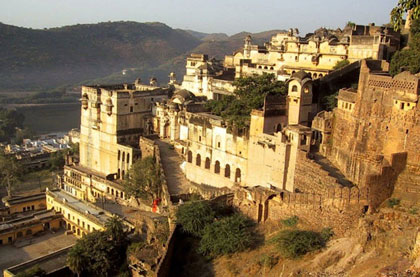
Duration : 04 Nights / 05 Days
Destination Covered : Kota - Bundi - Chittorgarh
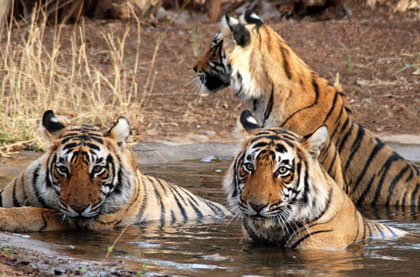
Duration : 04 Nights / 05 Days
Destination Covered : Jaipur - Ranthambore - Chittorgarh - Udaipur
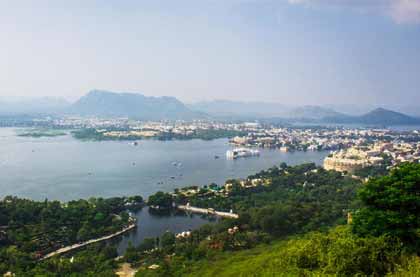
Duration : 04 Nights / 05 Days
Destination : Ranthambhore, Bundi, Chittorgarh, Udaipur, Ranakpur, Jodhpur
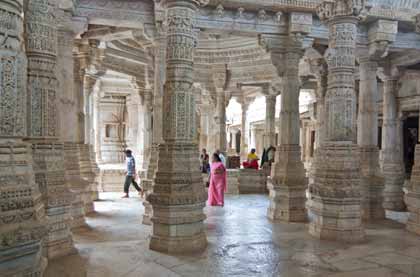
Duration : 08 Nights / 09 Days
Destination : Jaipur, Ranthambore, Chittorgarh, Udaipur, Ranakpur, Jodhpur, Jaisalmer
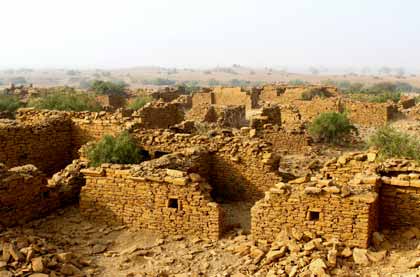
Duration : 07 Nights / 08 Days
Destination : Jaipur, Pushkar, Chittorgarh, Udaipur, Jodhpur, Jaisalmer/Desert
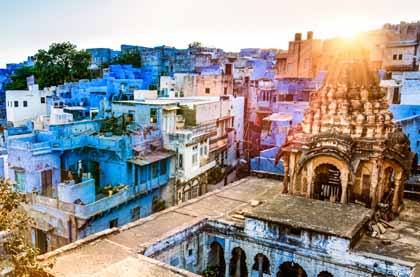
Duration : 07 Nights / 08 Days
Destination : Jaipur, Chittorgarh, Udaipur, Kumbhakgarh, Ranakpur, Jodhpur, Jaisalmer
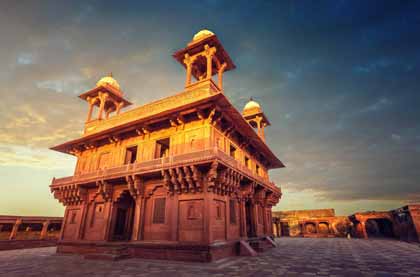
Duration : 08 Nights / 09 Days
Destination : Jodhpur, Ranakpur, Udaipur, Chittorgarh, Jaipur, Fatehpur Sikri, Agra, Delhi
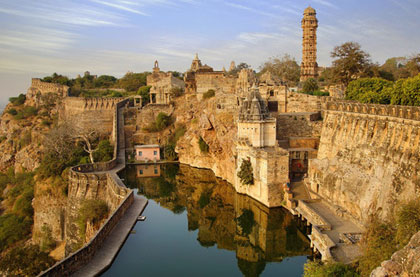
Duration : 13 Days / 12 Nights
Destination : Delhi, Mandawa, Bikaner, Jaisalmer, Jodhpur, Mountabu, Ranakpur, Udaipur, Chittorgarh, Pushkar